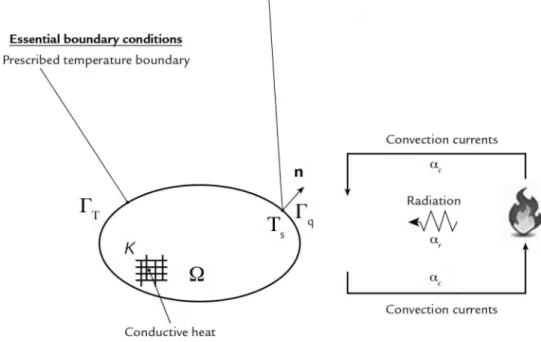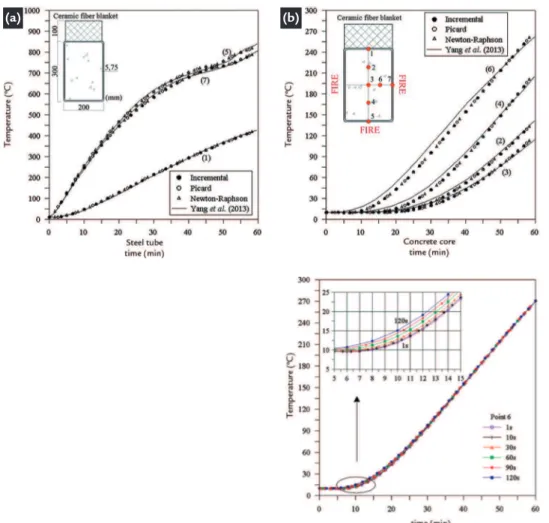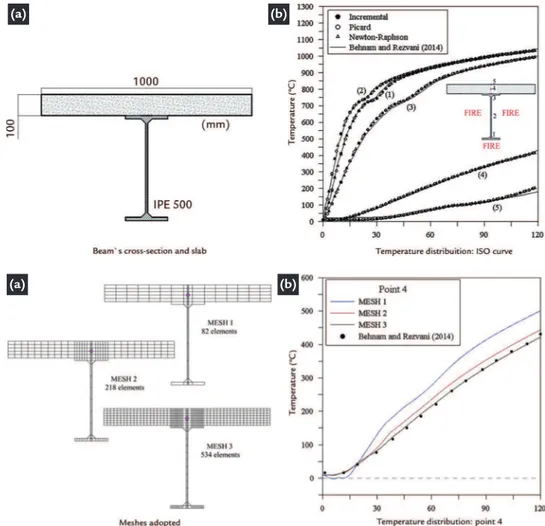Thermal analysis of steel-concrete composite cross sections via CS-ASAFA
Texto
Imagem



Documentos relacionados
A computationally efficient GBT-based beam finite element for calculating buckling (bifurcation) loads of steel-concrete composite beams was proposed, which accounts for shear
Creep is modelled using a linear viscoelastic constitutive model and a Dirichlet series expansion of the creep function, whereas the shear lag effect is considered through
Localized Fire; open car park; Elefir-EN; Composite steel and concrete structure; Ansys fluent; thermal
This paper presents a finite element algorithm developed to perform the thermal and mechanical analysis of structural steel piping systems subjected to elevated temperatures.. The
(2006) studied through a FE formulation the behavior of steel-concrete composite beams under long- term loads, including simultaneously the effect of concrete creep, shrinkage
types of finite elements: a plate element for nonlinear analysis of the concrete slab; a bar element for non-linear analysis of beams with cross- section defined by a polygon; and
The aim of this paper is to conduct a numerical study on the behavior of steel and steel and concrete composite columns in fire, in order to compare their performance based on
This paper proposes a methodology for obtaining the interaction curve for composite steel–concrete sections subject to combined compression and bending based on the deformation